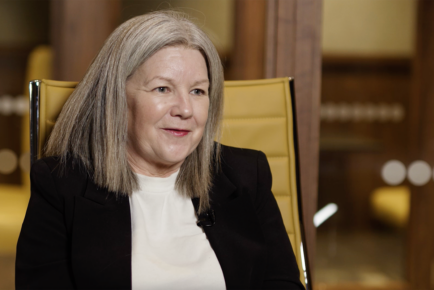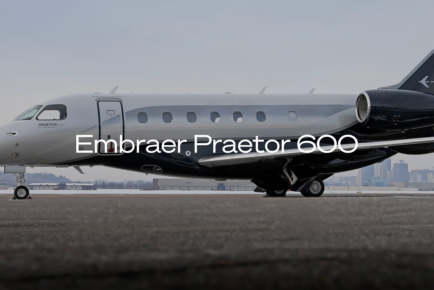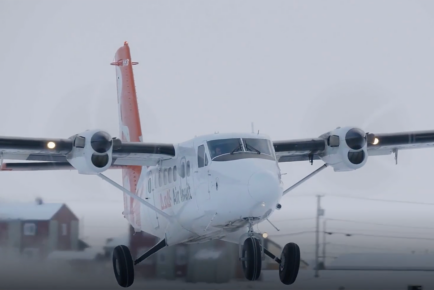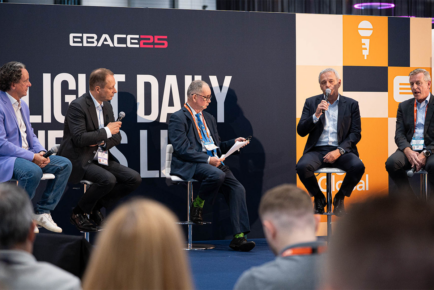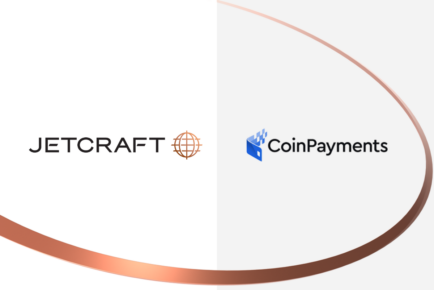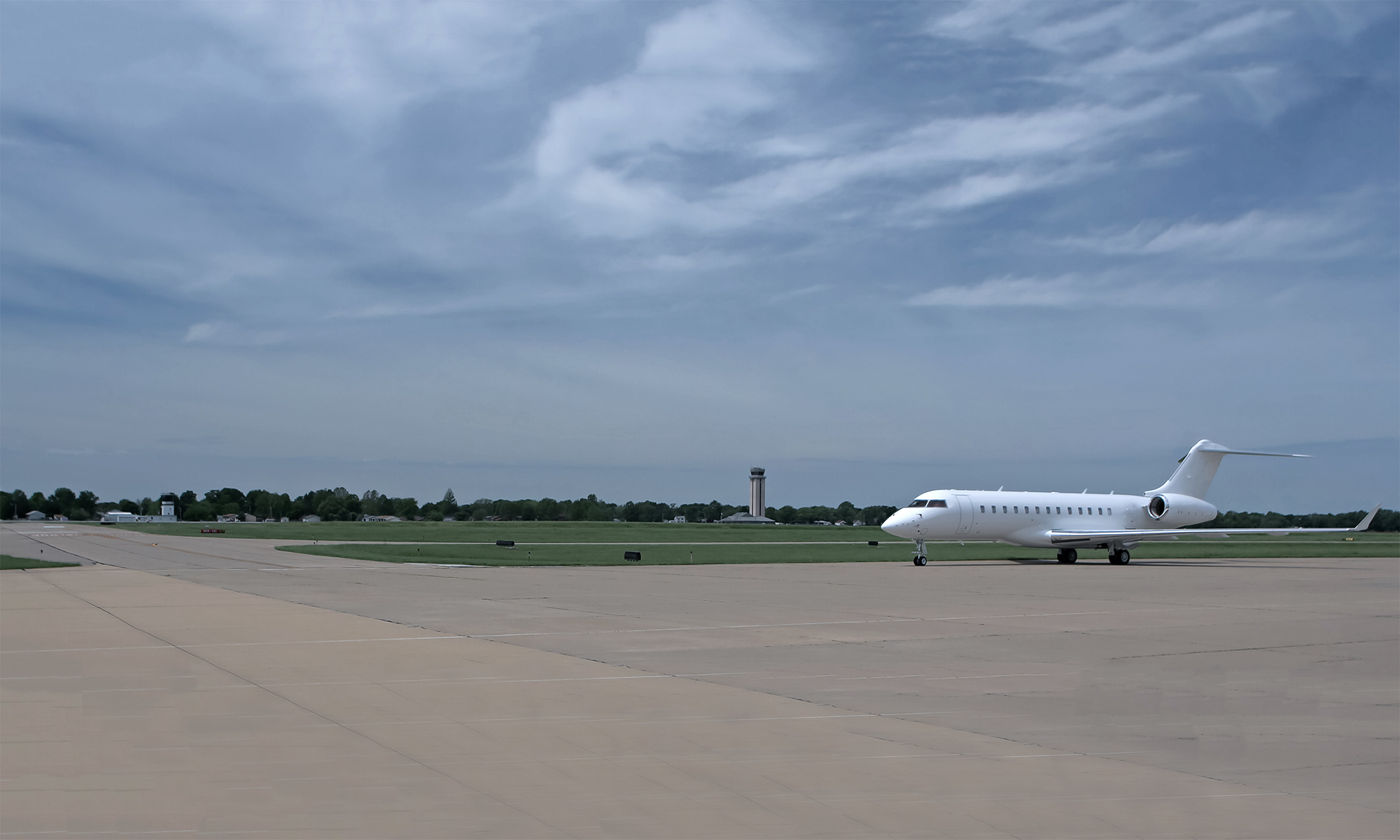
Written by Chris Brenner, Jetcraft’s former SVP-Sales, Americas
In today’s competitive market for selling aircraft, one of the easiest and fastest ways for owners to upgrade is to complete an aircraft trade-in transaction by working with a partner who has the capabilities to facilitate a trade-in and has an aircraft that the seller is interested in purchasing. Transaction specialists such as Jetcraft offer sellers a representative with the ability not only to market their aircraft to a wide audience of potential buyers, but also provide them with an immediate buyer (themselves) if another can’t be found quickly. Jetcraft can also offer a replacement aircraft from its current inventory or may be willing to bring another aircraft into inventory that better fits the buyer’s mission.
Once a seller shows interest in a trade-in process, the seller’s aircraft’s trade-in value will be established, as well as the price of the new aircraft. In such a case, an agreement can be created whereby the seller agrees to purchase a plane from Jetcraft’s owned inventory at a certain price, paying for it in part with their trade-in aircraft.
Once the values are established, a term sheet that outlines the purchase price of both aircraft, aircraft condition, inspection logistics and any taxes and fees associated with the transaction is created. Jetcraft has a team dedicated to this process that will gather all the necessary information to help keep the client informed.
In some cases, a trade-in may be a good backup option for a seller that prefers their representative to try to find a buyer for their aircraft and close on the sale of the current aircraft first before the client purchases the new one. Jetcraft may agree to procure the aircraft as a backup option if a buyer is not identified before the set closing date for purchase of the replacement. Once the terms have been agreed upon, the seller then signs the trade-in contract.
The closing procedures for a trade transaction does normally add more time to complete the deal, although it can take less overall since it bypasses what can be a lengthy wait to find a buyer. Transparency among both parties (buyer and seller) is important because this process need to be coordinated and executed in a particular order. For example, the aircraft being traded in must have been cleared and approved for purchase by Jetcraft, prior to the Jetcraft bringing an aircraft into inventory specifically for the buyer. Likewise, the financing for the procurement of the new aircraft has to be agreed upon and in place prior to the trade being accepted.
In the rare instances where a representative and seller may not be able to reach a mutually-beneficial agreement because the overall economics of the deal do not end up working for the parties involved, a more traditional alternative for the client can be found such as listing the seller’s aircraft, waiting for the right buyer, and once sold, using the cash to purchase the new aircraft.
Factors to be Considered in the Trade-in Process
So, what makes an aircraft a good candidate for a trade-in transaction? Maintenance is paramount, especially for pre-owned aircraft. There are different types of maintenance programs, and sellers looking to trade in their aircraft in the future need to have a program (such as Honeywell’s Maintenance Service Plan, Jet Support Services, or Rolls Royce CorporateCare) in place to ensure top dollar return on their investment. Even though a trade-in can still be executed on an aircraft that is not on a maintenance program, it does make for a smoother transaction process if one is in place at the time of trade in. For aircraft not on a program, Jetcraft will factor in and quantify a maintenance program into the deal plan.
In addition, the life, or pedigree of an aircraft, particularly by corporate flight departments at highly-recognized global corporations, is a factor that also is considered at trade-in.
One of the most common factors that can take away residual value of a pre-owned aircraft to be traded in lies with its interior configuration. There are many aspects to consider when customizing the aircraft interior to meet a current owner’s specifications, but ideally those must also appeal to an aircraft’s future owner when it is time for it to be sold.
Connectivity and next-generation compliance are also two critical elements that impact the value of a trade-in aircraft. In today’s always-connected world, it is important that the aircraft has Internet connectivity; and its avionics meet the NextGen/2020 requirements. (i.e. ADS-B, CPDLC, FANS).
Whenever you decide the time is right for your trade in, keep these elements in mind to ensure you obtain the highest return on your investment.
SIGN UP FOR OUR MONTHLY JETSTREAM RECAP
Don't miss future Jetstream articles. Sign up for our Jetcraft News mailing list to receive a monthly eblast with links to our latest articles. Click to join the 1,800+ subscribers on our mailing list.

